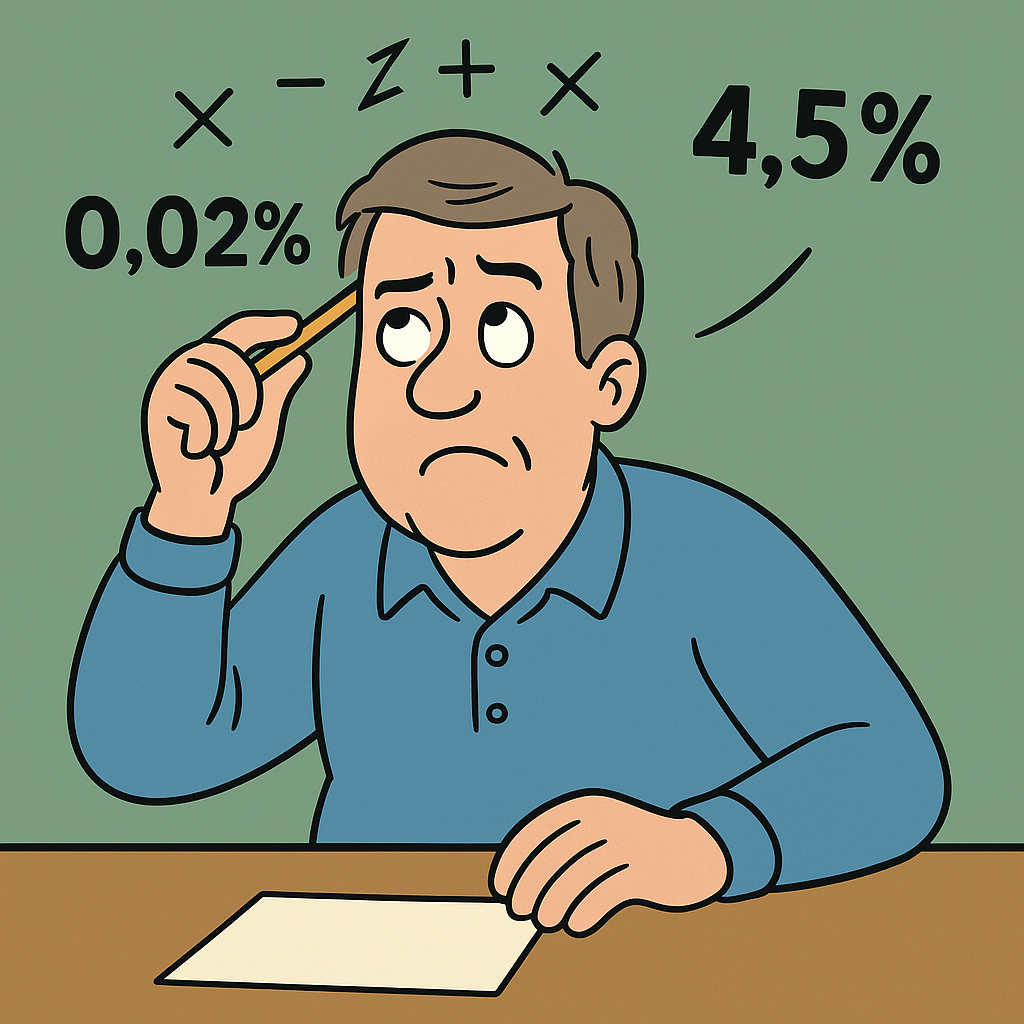Cash is boring. But cash that actually earns something is interesting. That’s what high yield savings accounts (HYSAs) bring to the table: safety, liquidity, and an interest rate that beats typical brick-and-mortar bank accounts by miles.
As of September 2025, there are several credible HYSA options offering meaningful returns while keeping your money liquid. Let’s dig in — what they are, why you’d use one, and which ones are top picks today.
What Is a High Yield Savings Account?
A HYSA is a savings account that offers a much higher interest rate than the standard savings accounts you might see at local banks.
- Operated often by online banks or credit unions with lower overhead.
- FDIC-insured (or NCUA for credit unions), which means your money is safe up to the usual limits.
- You can withdraw or transfer money (many have rules but generally more flexible than CDs).
- As an example, I was earning .02% at my credit union but have been earning 3.5%+ with my high yield savings account, which for me is with Capital One.
Why High Yield Savings Accounts Matter
- Emergency fund potential
Your emergency funds shouldn’t be locked up in volatile assets. HYSAs let your rainy day money grow a bit. - Short-term goals
Home repairs, tires, vacation — keep these in a HYSA rather than under the mattress or low-rate savings. - Parking money between investments
When you have cash waiting to be deployed (e.g. waiting for a dip in the market), HYSA can earn while you wait. - Better than checking/savings from big banks
Many mainstream banks offer negligible APY (0.01–0.1%). HYSA accounts often offer 4%+, sometimes more.
What to Look for in a Good HYSA
- Interest rate (APY) — obviously.
- Compounding frequency — daily is better than monthly.
- Fees / minimums — make sure you’re not getting eaten by maintenance fees.
- Ease of transfer / access — external withdrawals, linkage to checking.
- Bank reputation & stability — reviews, customer service, FDIC status.
Top HYSA Picks (As of September 2025)
(Rates change often — always double check before opening.)
| Institution | Approx. APY | Notes / Highlights |
|---|---|---|
| Ally Bank | ~4.30% | No minimums, solid reputation, easy transfers. |
| Marcus by Goldman Sachs | ~4.20% | No fees, trusted name. |
| Discover Bank | ~4.25% | Good customer service, solid brand. |
| CIT Bank Savings Builder | ~4.50% | Requires a small deposit or recurring transfer to maintain high APY. |
| American Express® High Yield Savings | ~4.10% | Simple, no fuss; good for parking extra cash. |
Where HYSA Fits in the Retirement / Savings Plan
Here’s how I see it (and where I use it):
- I keep 3–6 months of living expenses in a HYSA.
- I use it for short-term goals (kids’ college expenses, car replacement).
- When I sell something or reallocate in my investment accounts, I park the cash temporarily here rather than letting it sit idle.
Yes, interest rates aren’t going to match stocks over decades. But having some cash in a vehicle that earns more without risking principal is smart in your 40s, 50s, 60s.
Risks / What HYSA Can’t Do
- The rates fluctuate — they go up, they go down.
- Inflation risk — cash is still losing purchasing power over time.
- It’s not for long-term growth; this is your safe zone, not your engine zone.
Closing
High yield savings accounts are one of the simplest, lowest-risk moves you can make to make your cash work harder.
If I were you, I’d open one today, move a chunk of my emergency fund there, and let that “just sitting cash” finally earn something.
👉 Next step: Pick one of the options above, open it, and commit to transferring a portion of your idle cash into it monthly.



